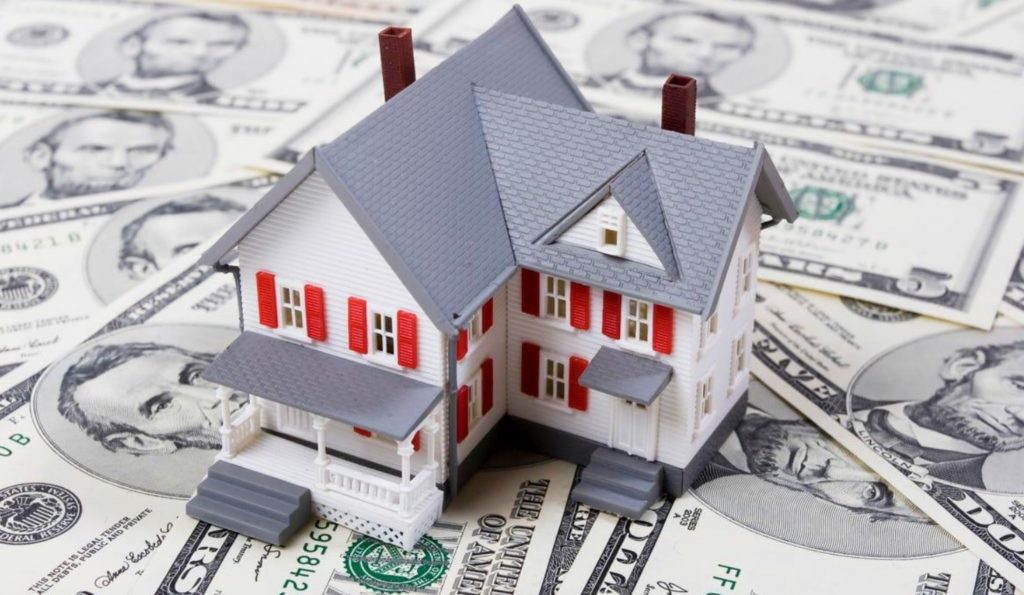The costs associated with homeownership have seen an alarming rise, fundamentally altering the landscape of affordability. While purchasing a home has become notably difficult for many, the ongoing expenses tied to owning a property are también becoming burdensome. A thorough examination, as highlighted by Gordon Long and Charles Hugh Smith, showcases how these costs have grown without any signs of abridgment. The ever-increasing financial weight of homeownership is not attributed to a single cause or entity but is the result of a complex web of factors that continues to evolve.
To grasp the current situation, it is essential to look at economic trends since 2020, particularly inflation and housing costs. Current estimates suggest an aggregate inflation rate of approximately 26% since January 2020. However, in direct contrast, housing costs surged by an astonishing 45%, as observed through the Case-Shiller national housing index. This discrepancy indicates that home prices have risen well beyond what conventional inflation rates would suggest. Consequently, potential homeowners are increasingly burdened with expensive mortgages that not only reflect the higher buying price but also result from escalating interest rates. This culminates in mortgage payments swallowing a disproportionate share of median household income, surpassing historic highs last seen during the previous housing crisis.
Equally crucial but often overlooked, are the additional costs that come with homeownership. These expenses have also experienced a significant rise, further pushing the boundaries of what is considered affordable. The typical components of homeownership expenses include mortgage payments, property taxes, insurance, utilities, maintenance and repair, and home-related services. Rising costs across these categories paint a troubling picture for current and prospective homeowners. Anecdotal evidence indicates substantial spikes in homeowners’ insurance; for example, premiums in high-risk areas have spiked from around $3,000 to upwards of $13,000 annually. This dramatic increase, coupled with insurers abandoning high-risk regions, leaves homeowners vulnerable and often resorting to self-insurance—which can be a perilous gamble.
The inflationary surge has not only affected insurance but has also led to rising property taxes across the nation, with increases approaching 30% in some areas. This presents a particularly challenging scenario, as local governments rely heavily on property taxes for funding. Even if home values dip, property taxes are generally sticky and unlikely to decrease in tandem. A similar trend is observed in maintenance and repair expenses, which have been drastically affected by soaring prices of construction materials and labor. As a result, the cost of home projects—once considered manageable—has now escalated dramatically. Simple tasks that used to cost a few hundred dollars can now demand thousands, contributing to an ongoing financial strain on homeowners.
As a consequence of these escalating costs, the definition of housing unaffordability has expanded beyond initial purchase prices to encompass the long-term costs associated with homeownership. A comprehensive understanding of “affordability” must now factor in these extended financial obligations. With each passing day, it becomes increasingly clear that the prospect of homeownership is veering away from being a pathway to financial security and stability, instead transforming into a long-term liability for many families. The emotional and financial toll of homeownership may deter potential buyers, leaving many to reconsider their long-term housing strategies.
In conclusion, the current real estate landscape demands a reevaluation of what homeownership truly entails. The soaring expenses associated with owning a home, from mortgage payments to repairs and taxes, are reshaping the understanding of housing affordability. Policymakers, potential homeowners, and financial planners must consider these evolving realities in their strategies and decisions about housing. The path forward is uncertain, yet understanding these dynamics is crucial for adapting to an increasingly challenging environment for homeowners.

